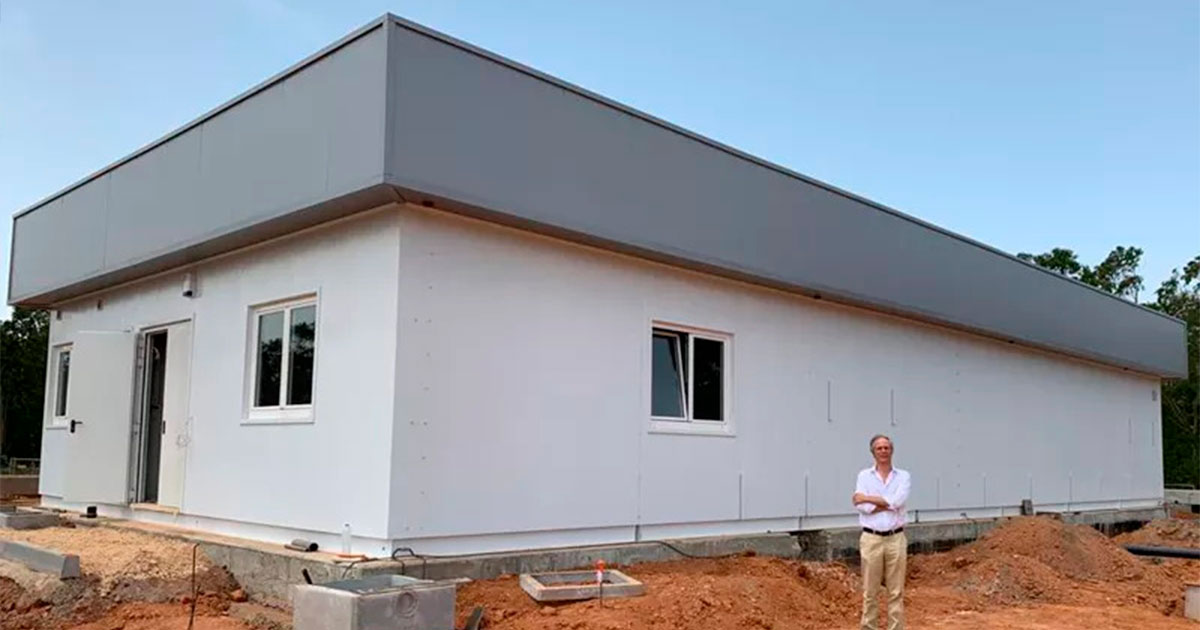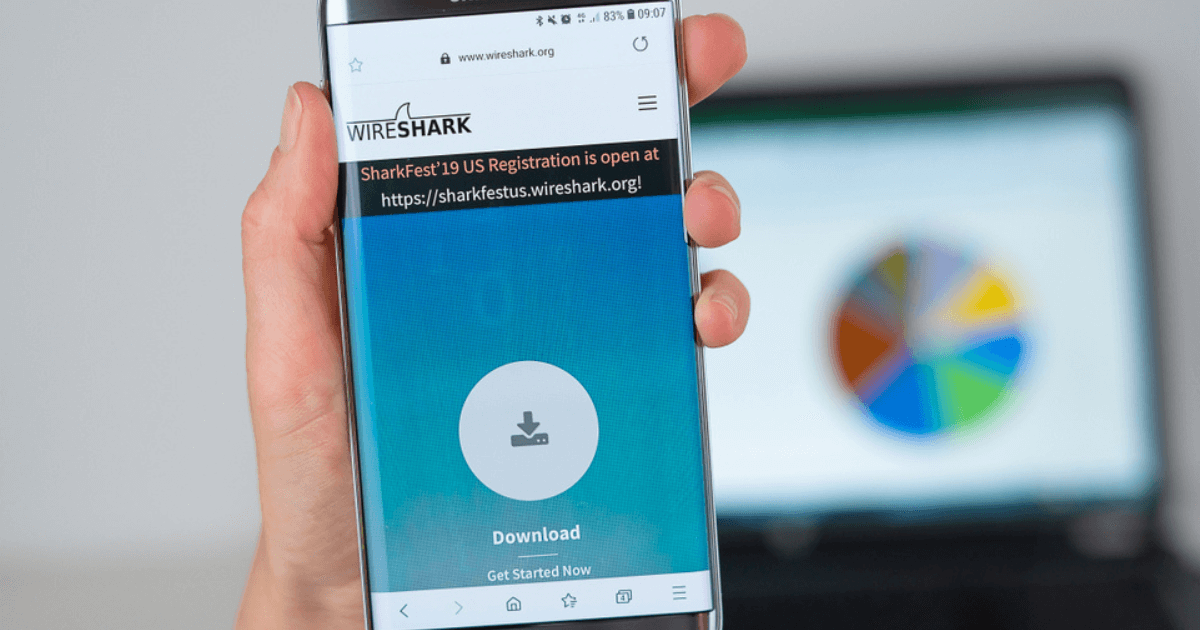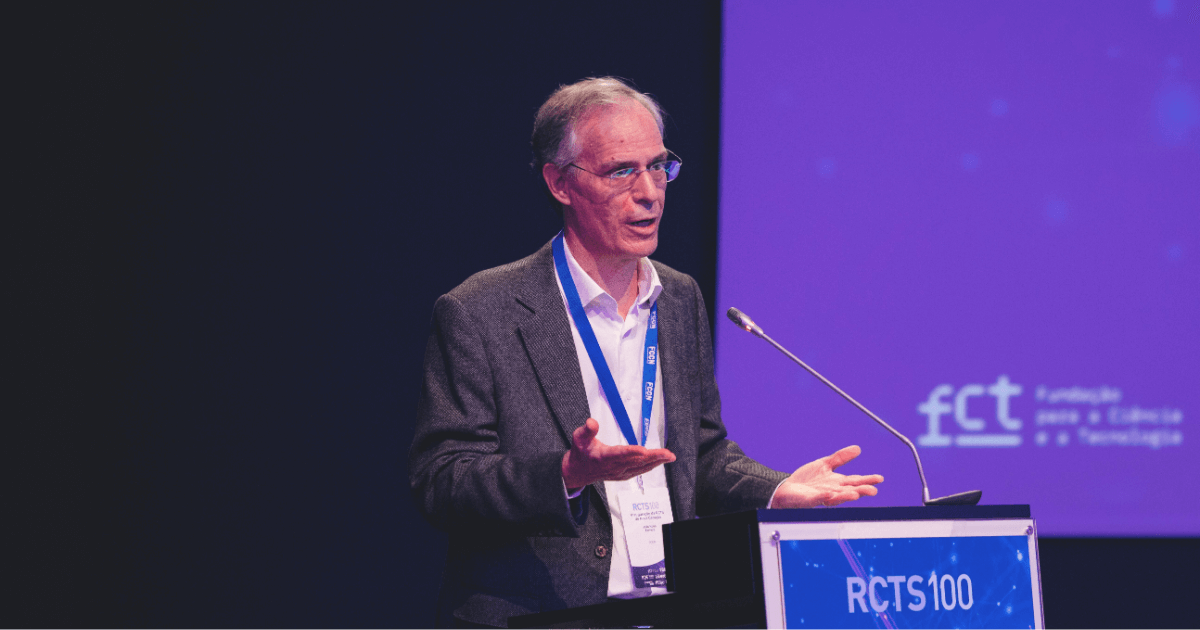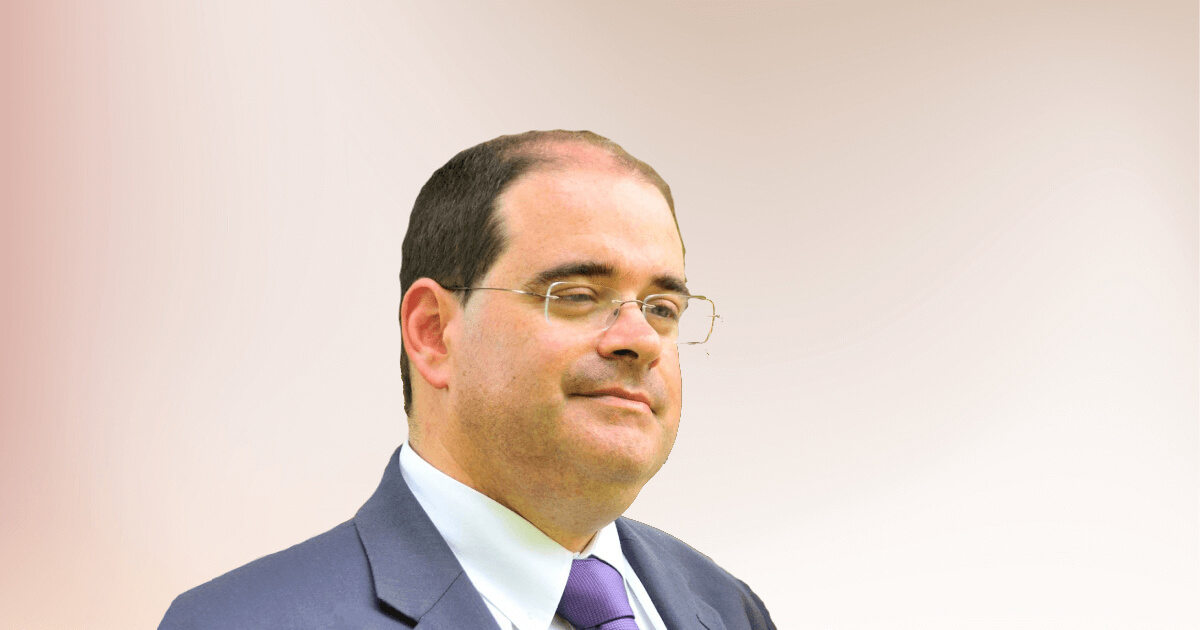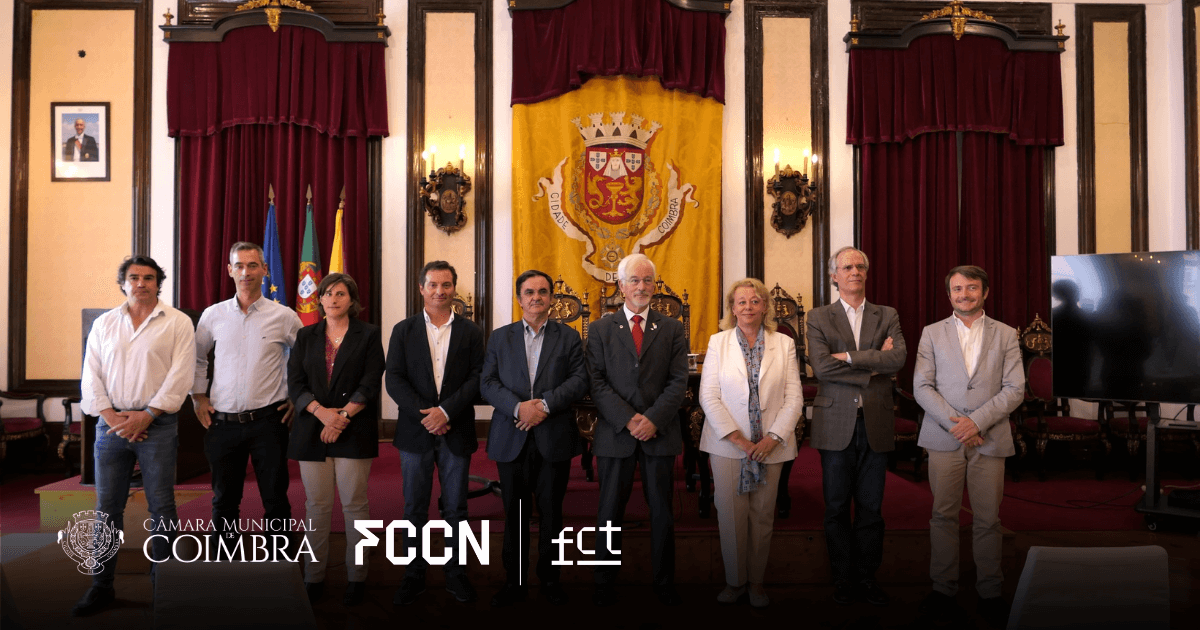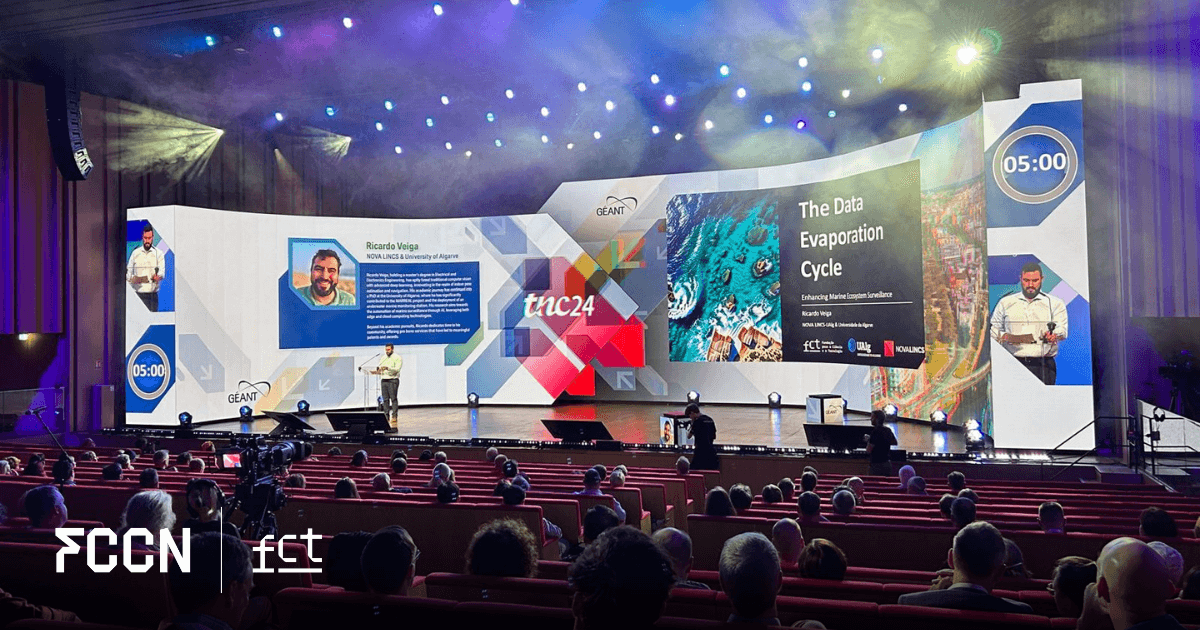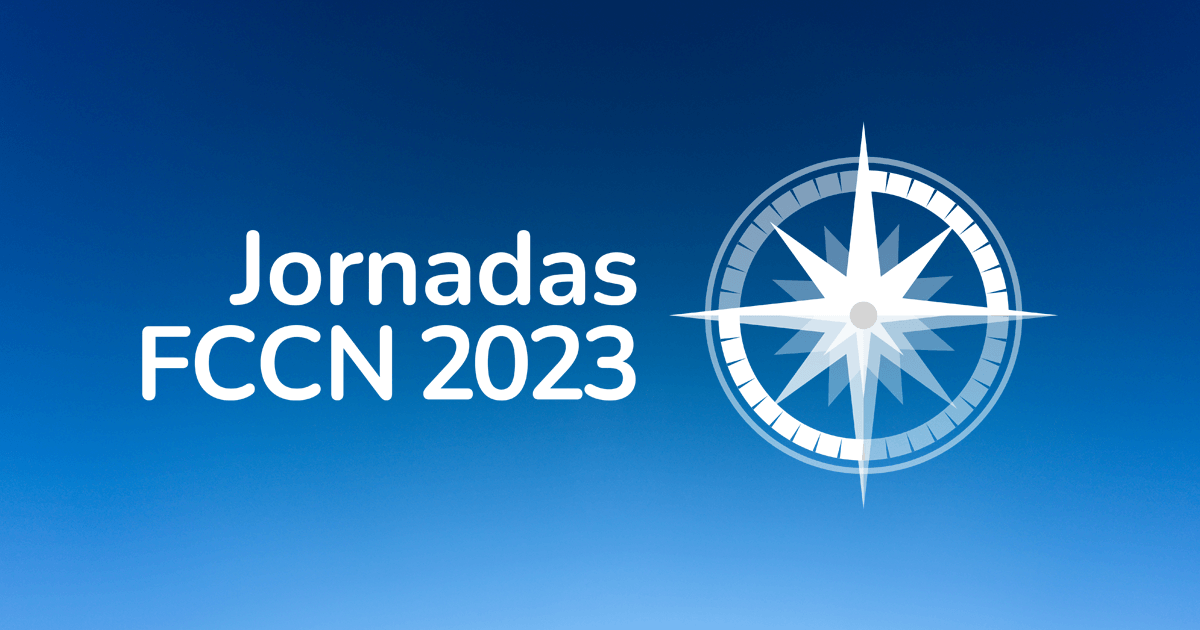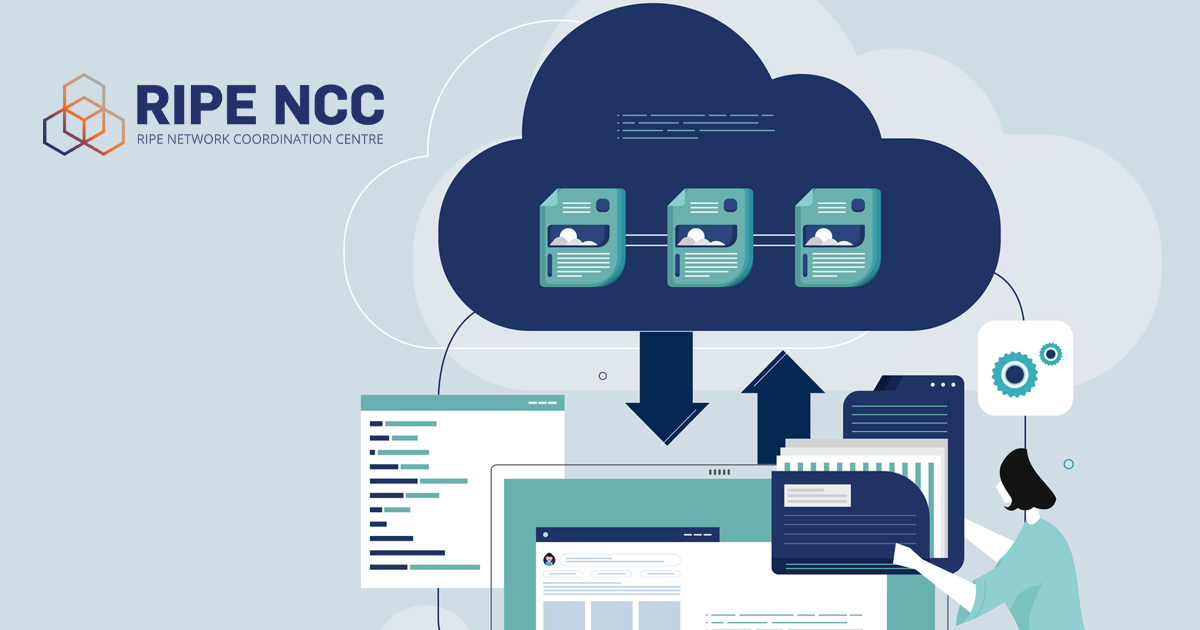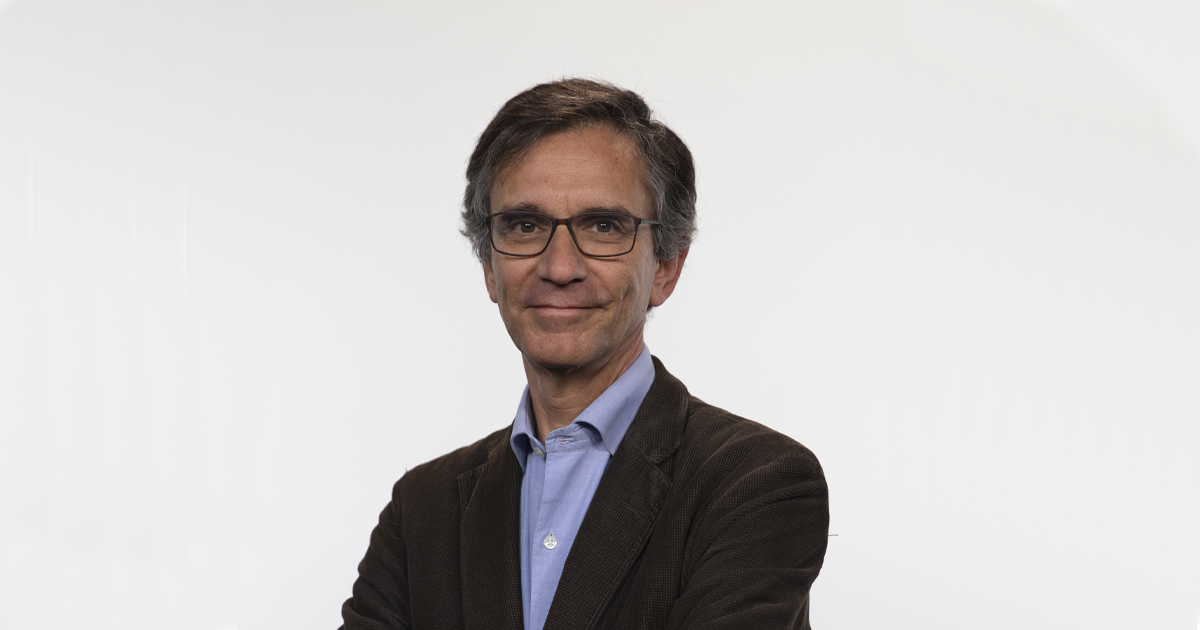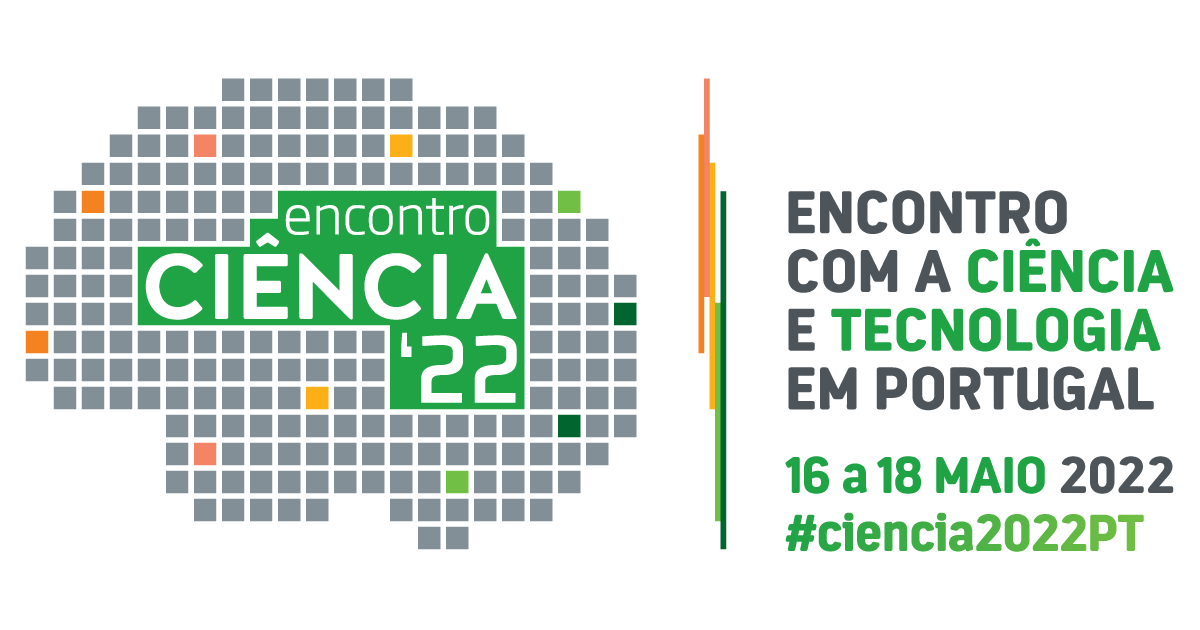João Nuno Ferreira, General Coordinator of the FCCN Unit of the FCT - Foundation for Science and Technology, visited the Sines station, which is to house the EllaLink submarine cable, and reveals some details about the structure.
The BELLA project (Building the Europe Link with Latin America) will connect the European and Latin American research communities through the installation of a state-of-the-art submarine cable, directly between the two regions. The entry point of this structure into the European area will be through Sines, which will host the landing station of the EllaLink cable.
This is an initiative co-financed by the European Union, and the Unit FCCN, as NREN - National Research and Education Network - or Portuguese Research and Education Network, is part of the Consortium leading this project, which is made up of the Regional Academic Networks - GÉANT (Europe) and RedCLARA (Latin America) and the NRENs of Brazil, Chile, Colombia, Ecuador, France, Germany, Italy and Spain.
The installation station for this submarine cable, in Sines, is under construction as we speak. It was this structure that the FCCN Unit visited at the beginning of July, represented by its General Coordinator, João Nuno Ferreira, who shares his impressions of the visit.
What first impressions did you bring back from the visit?
I really enjoyed the visit and Diego Matas(Chief Operations Officer - EllaLink) was an excellent host. I was guided through the construction and got the sense that the works are progressing well and the station is almost ready.
What stage has the project reached on site?
At the moment, the work is mainly concentrated on the installation of the support equipment. The cable installation station is the first structure on the Sines Industrial and Logistics Zone plot, so EllaLink will have room to expand and other industrial tenants can apply for nearby plots if they wish.
Can you give more details on how the drill pipe is constructed that connects the beach to where the cable is laid on the seabed?
A special "directional drilling" machine was used to carry out the construction operation of the horizontal directional drilling pipe. The drilling will start at 300 meters from the shore, on a small plateauand then finish on the seabed about 300 meters from the shoreline.
Does this drill pipe start at the Installation Station?
This drill pipe does not start at the station. The station is almost 2km inland. A trench has been built to run the cable between the installation station and the beginning of the drill pipe.
And what steps have been taken to safeguard the marine protected area next to the station?
The project coordination reinforced that the Portuguese authorities have been very demanding in relation to a number of issues related to environmental protection, both on land and at sea. Not least because the Sines Industrial and Logistics Zone borders a protected area. The environmental protection authority was present on site to monitor the directional drilling work. On the other hand, at the station itself, several measures that have been taken to prevent and manage any possible fuel spillage are visible.
What are the advantages of opting for a drill pipe?
The drill pipe turns out to be the best solution, as it reduces the impact on the near-shore area. Finally, as Sines has been a port for several centuries, the cable laying process should avoid sunken vessels, so the national archaeological authority was also involved.
